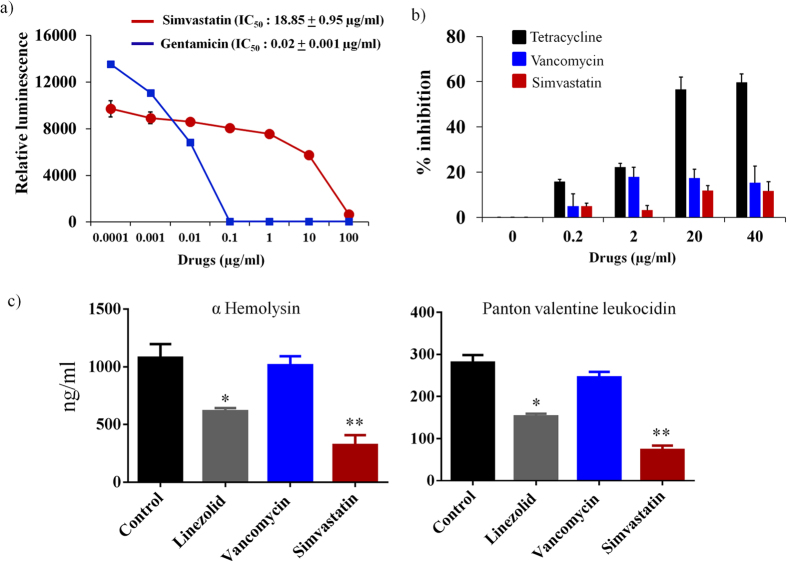Figure 3. Simvastatin inhibits bacterial protein synthesis and toxin production.
(a) Transcription-translation (TT) assay was carried out using S30 extracts from E. coli.IC50 of simvastatin and gentamicin required to inhibit 50% TT-activity in bacteria were determined. (b) Effect of simvastatin, vancomycin and tetracycline on mammalian mitobiogenesis was assessed via In cell- ELISA. J774A.1 cells were treated with indicated concentration of drugs and the levels of mitochondrial (mt)-DNA encoded protein (COX-I) and nuclear-DNA encoded protein (SDH-A) were quantified. The ratio of COX-I and SDH-A was calculated and the results shown are percent inhibition of mitochondrial biogenesis. (c) Effect of simvastatin on S. aureus toxin production. MRSA USA300 was treated with drugs for one hour and toxin production (ng/ml) (corrected for organism burden) was measured by ELISA. The results are given as means ± SD (n = 3). P values of (*P ≤ 0.05) (**P ≤ 0.01) are considered as significant in comparison to control groups. Detailed “P” values are listed below. α-hemolysin: control vs linezolid: 0.0318, control vs simvastatin: 0.0017. Panton-Valentine leukocidin: control vs linezolid: 0.0115, control vs simvastatin: 0.0052.

